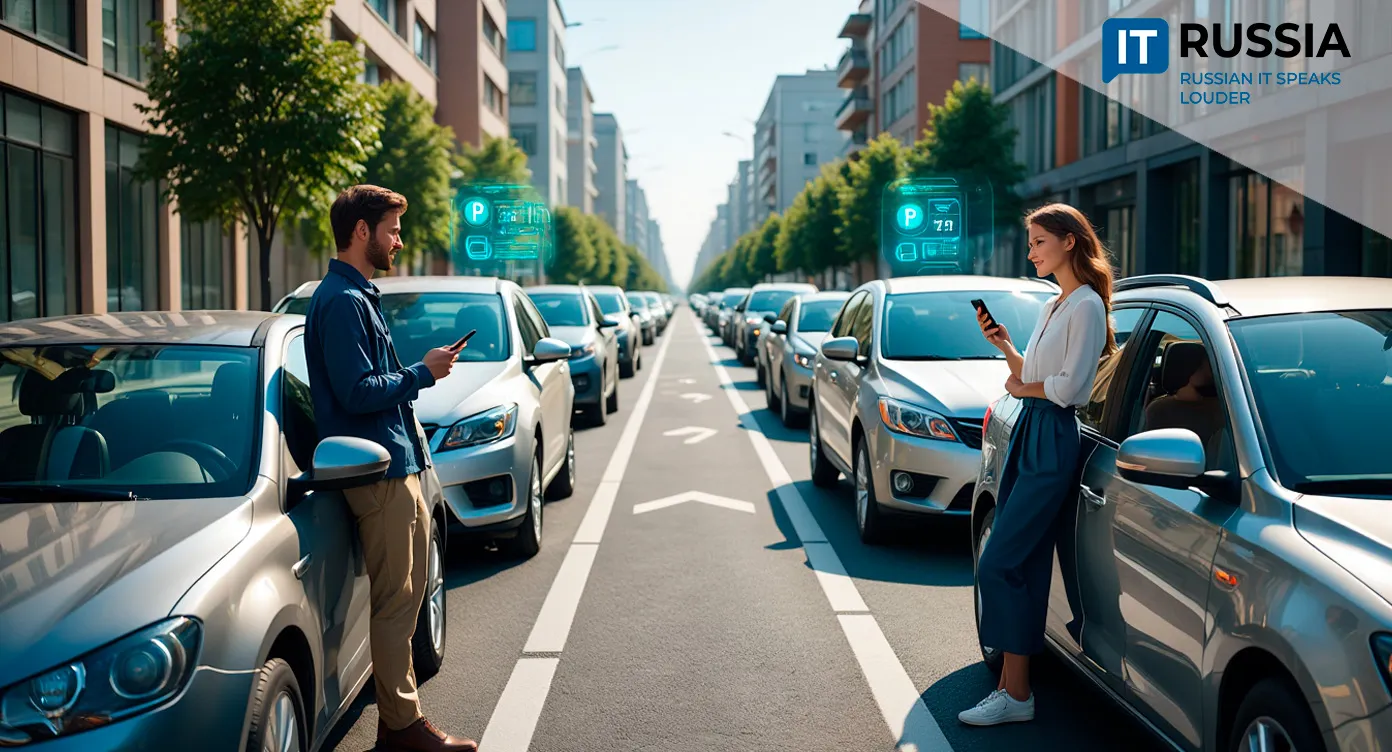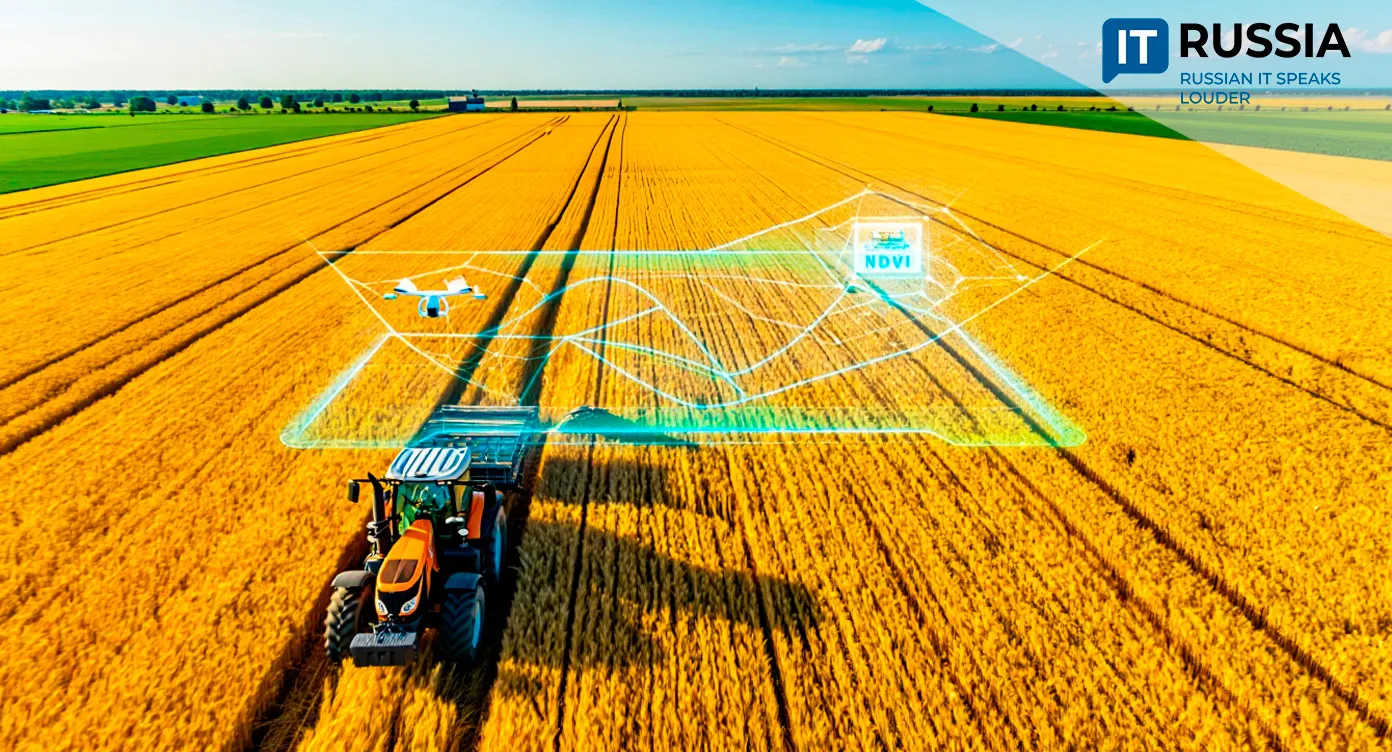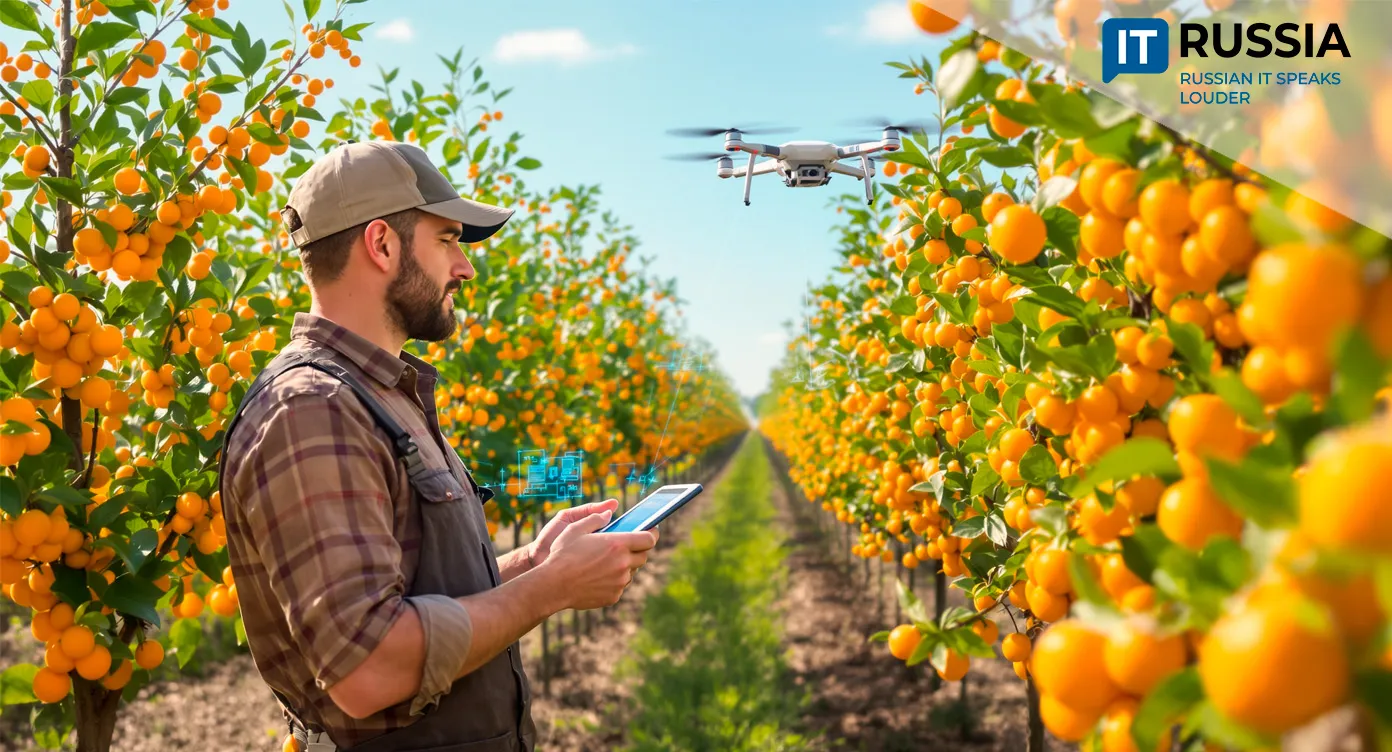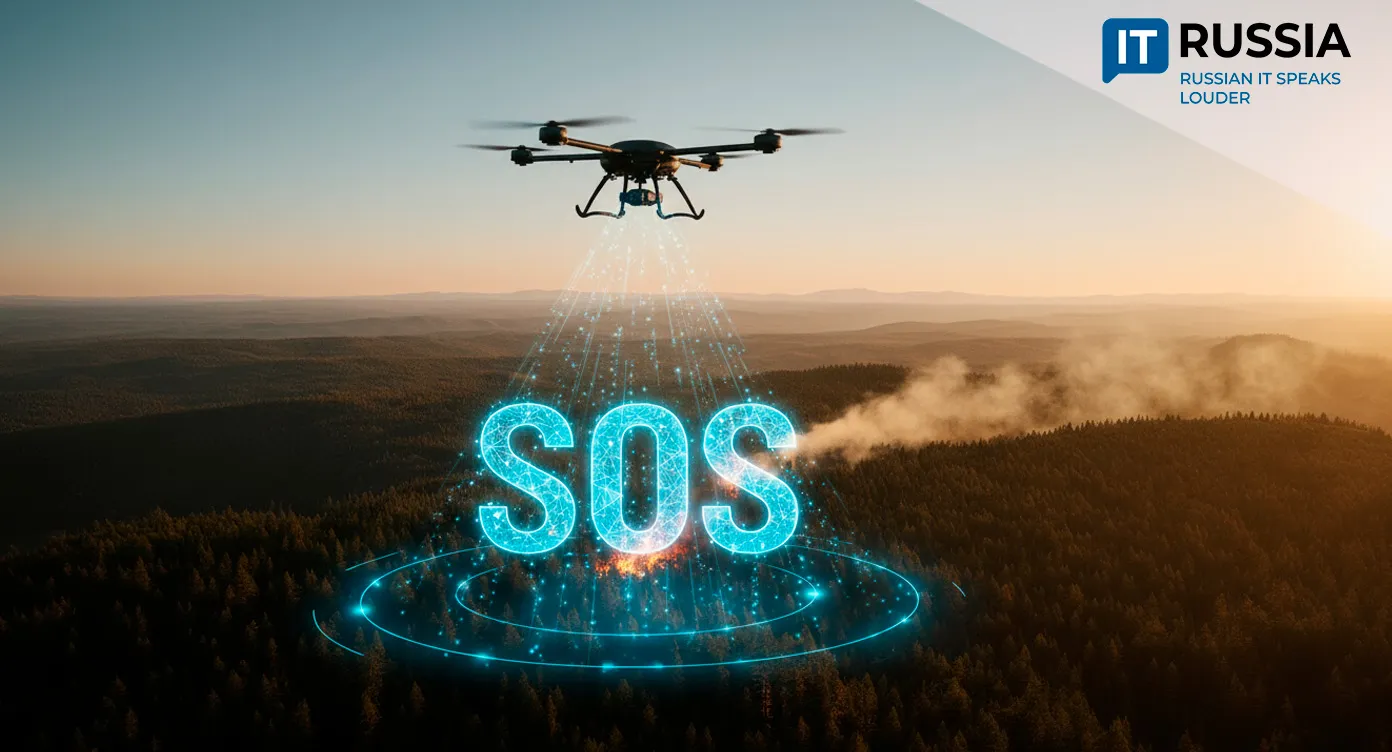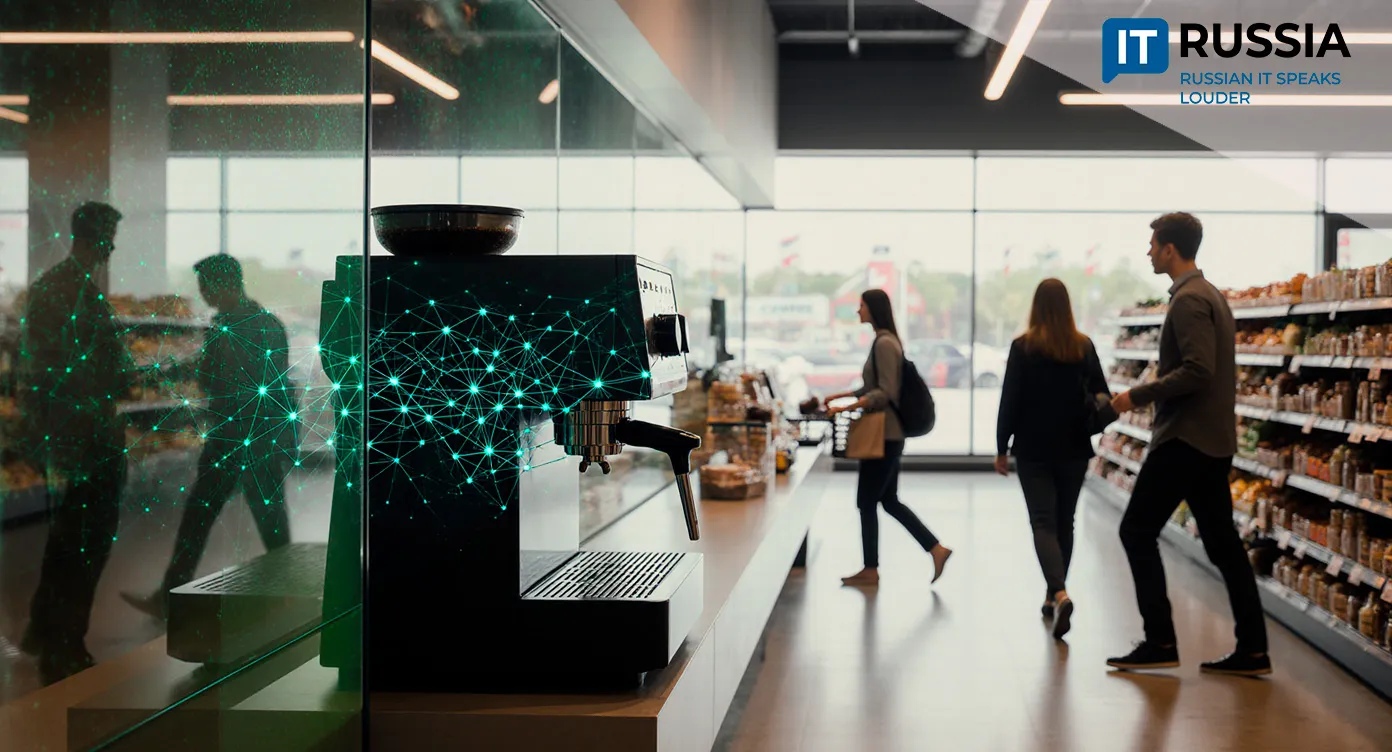Urban Mobility Revolution
Yandex has announced plans to integrate full public transport payment — from buses and shuttles to suburban trains — into its Go app by 2026, marking a major step in the evolution of Russia’s urban mobility ecosystem.
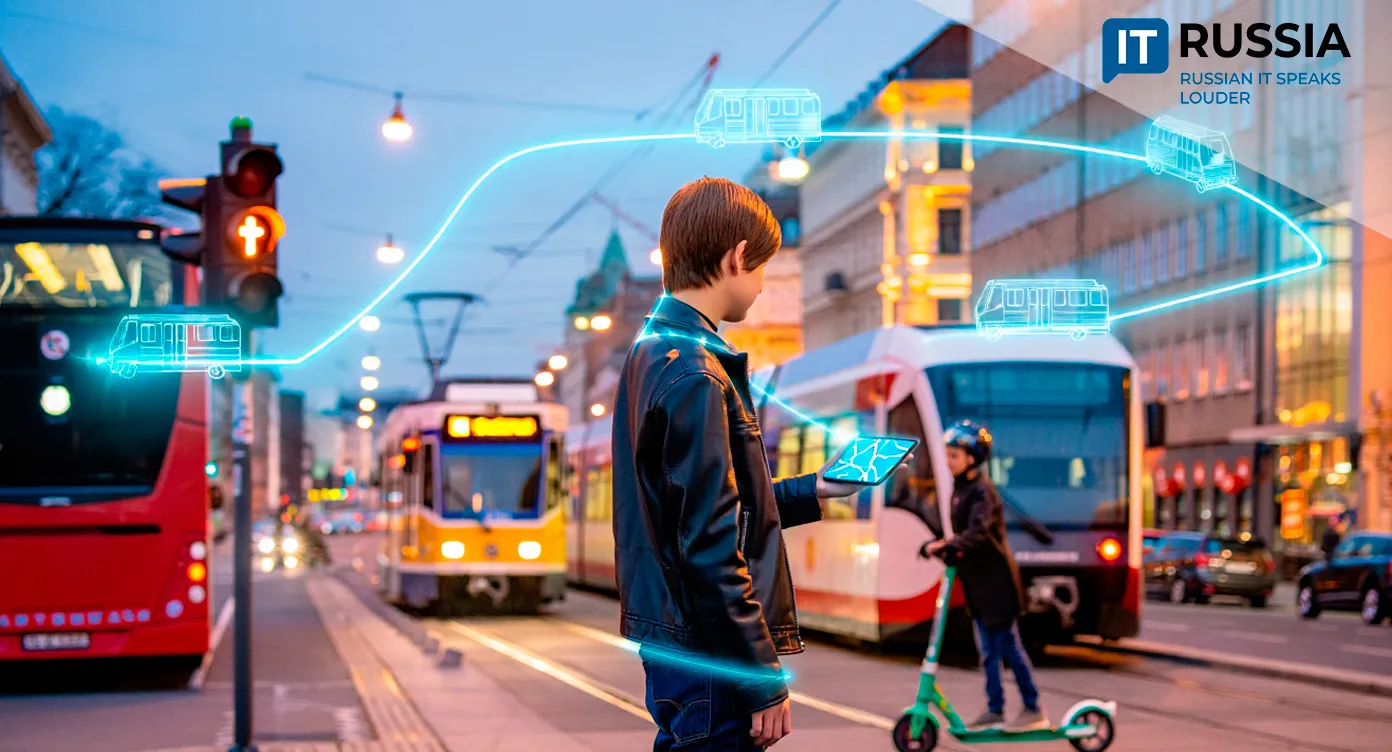
From Taxis to an Integrated Mobility Ecosystem
Yandex Taxi CEO Alexander Anikin has outlined the company’s 2026 development strategy, centered on integrating public transportation directly into the Yandex Go app. The core idea is simple: users are not looking specifically for a taxi — they want to get from point A to point B in the most efficient way possible. To achieve this, Yandex aims to combine multiple transport modes into a single seamless experience. About a year ago, the company introduced a route-building feature for public transport, which now serves millions of users weekly.
By 2026, users will be able not only to top up the Troika card but also to purchase travel passes and access real-time suburban train schedules and ticketing. Yandex Go already supports topping up transport cards, paying for Aeroexpress, and bus payments via Bluetooth or QR codes in cities like Yaroslavl and Veliky Novgorod.
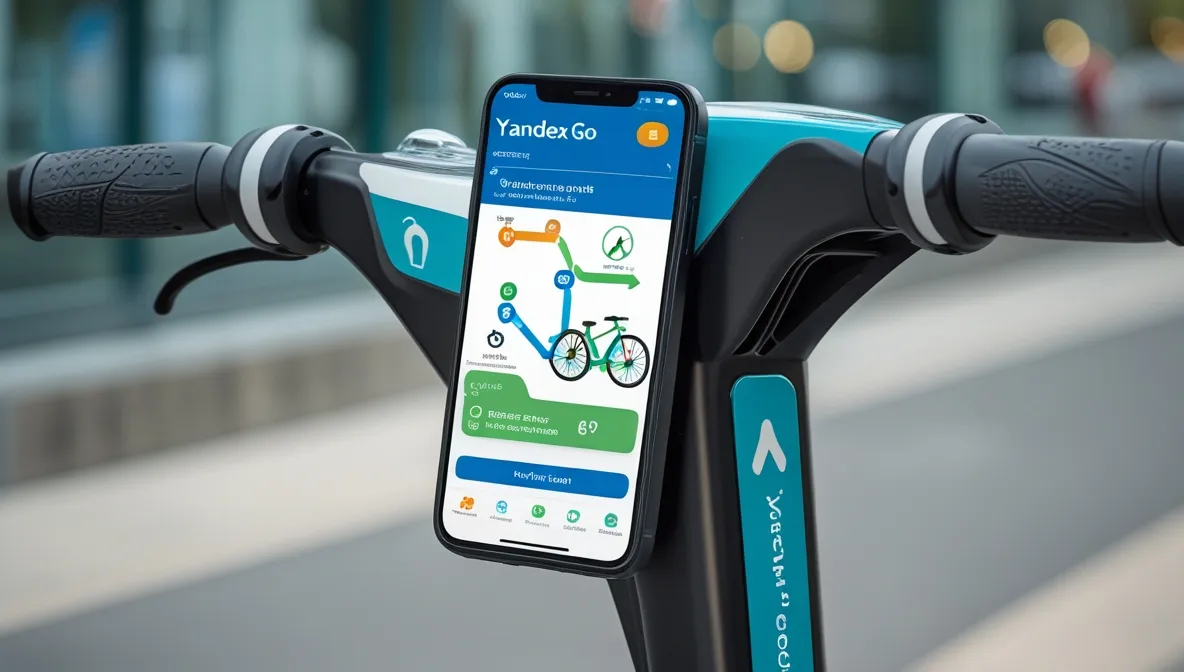
Soon, users will be able to plan multimodal routes, pay fares, and manage subscriptions for multiple transport types in one place. This initiative could redefine the urban mobility market and position the Russian project as a global example of the MaaS (Mobility as a Service) concept. Yandex is also experimenting with subscription models that let users, for a fixed fee, combine different transport options — for example, buses and e-scooters.
For Russia’s IT industry, this opens a new ride-tech niche focused on system integration, data analytics, and API-based transport solutions. For citizens, it means easier planning and payments within a single interface. For the state, it strengthens the digital ecosystem and provides new data for optimizing transportation networks.
From Local Experiments to Nationwide Expansion
Yandex’s scalable technology opens broad opportunities for MaaS expansion across Russian cities. Moscow became the first region to pilot the Mobility as a Service system in 2021 via the Moscow Transport app, downloaded over 4.6 million times and used regularly by 1.1 million people. The platform supports multimodal route planning across all urban transport modes, including an on-demand bus service with dynamic routing. Many Russian cities are adopting innovative fare payment systems. A unified geo-payment solution already operates in Yaroslavl, Izhevsk, Tver, Kazan, Perm, Nizhny Novgorod, Kursk, and Kostroma, with pilots in the Moscow Region and St. Petersburg. When launched, the app automatically detects the passenger’s vehicle and route, sends a payment prompt, and issues a digital ticket.
The export potential of Russian MaaS technology is significant, aligning with global trends toward unified mobility apps. Russian platforms integrating public transport — through APIs, routing engines, and data analytics — could attract international interest, particularly in CIS countries. Moscow’s system already competes favorably with global apps such as Transit, Whim, Jelbi, Moovit, and Google Maps, offering eco-route planning and live bike station data. Geopolitical shifts have encouraged the creation of joint MaaS development alliances within frameworks such as the EAEU, BRICS, ASEAN, and SCO.
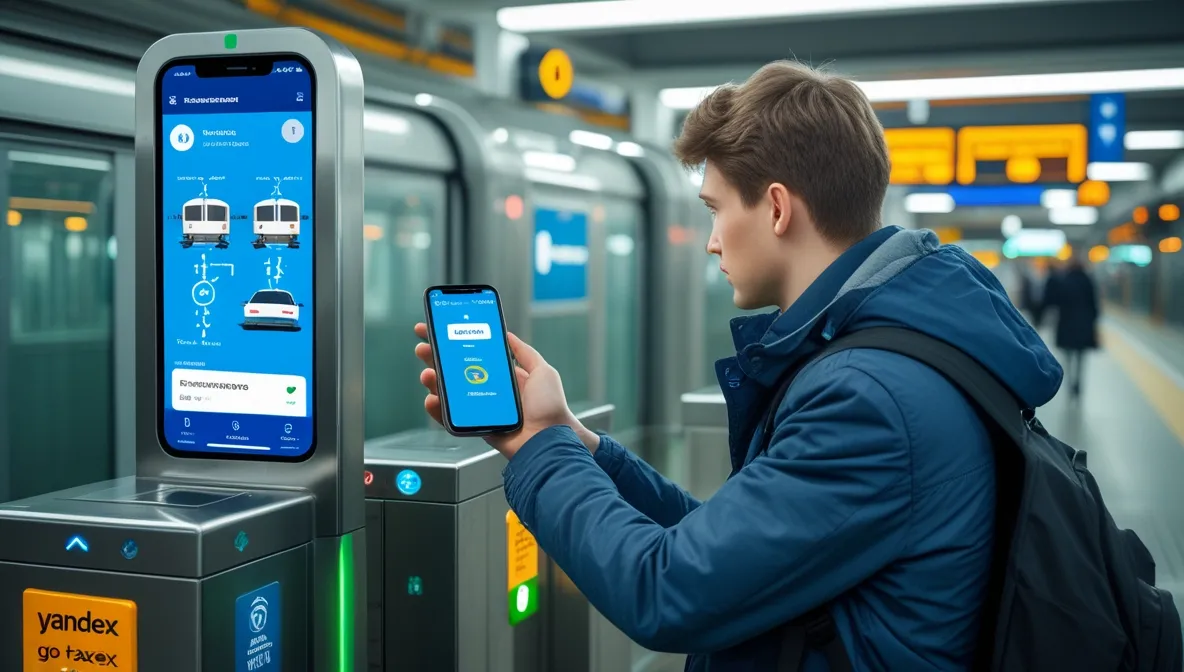
Global Evolution of Mobility as a Service
Russia’s MaaS initiatives are part of a broader global transformation in urban transport. Since the early 2020s, cities across Europe and Asia have been developing MaaS ecosystems that merge diverse transport modes into unified digital platforms for trip planning, booking, and payment. The vision: to make city travel more convenient, sustainable, and personalized while reducing reliance on private vehicles.
Moscow has become one of the leaders in MaaS implementation. In 2021, the Moscow Transport app introduced features such as eco-friendly route planning with calorie tracking, multimodal booking, parking payments, and innovative fare systems like Face Pay.
Contactless payments in Russian transport have a long history — Mosgortrans launched an NFC-based Mobile Ticket service back in 2015, turning smartphones into transport cards. By 2023, integrated transport apps accelerated adoption, and by 2024, many cities introduced QR and Bluetooth-based fare systems.
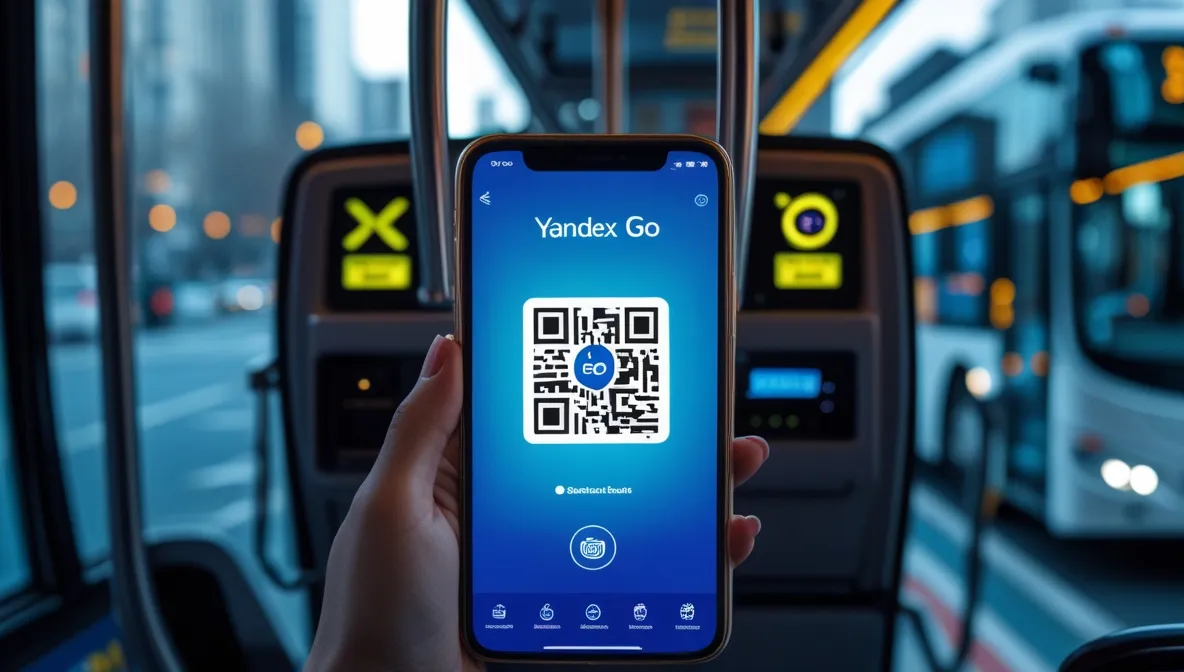
A distinctive feature of Russia’s approach is the partnership between state-owned transport infrastructure and private technology leaders like Yandex, enabling rapid nationwide scaling of digital solutions.
The Road to a Super-App for Urban Mobility
Yandex’s initiative marks a new era for Russian transport technology. By the end of 2026, the company aims to roll out core payment, subscription, and routing features across major cities, with regional operators joining later. By 2028, mid-sized and smaller cities will be integrated, with hybrid subscription models combining multiple transport modes.
In the long term, Russian MaaS platforms could evolve into globally competitive products. Moscow’s experience will guide other megacities, while international collaboration under alliances like BRICS and the EAEU will enable Russian developers to both export their innovations and adapt global best practices. For citizens, this promises a simpler travel experience with a single access point for all transport services. For Russia’s tech industry, Yandex’s project is becoming a key driver of innovation in ride-tech and a foundation for domestic digital mobility standards capable of competing with Western solutions.



